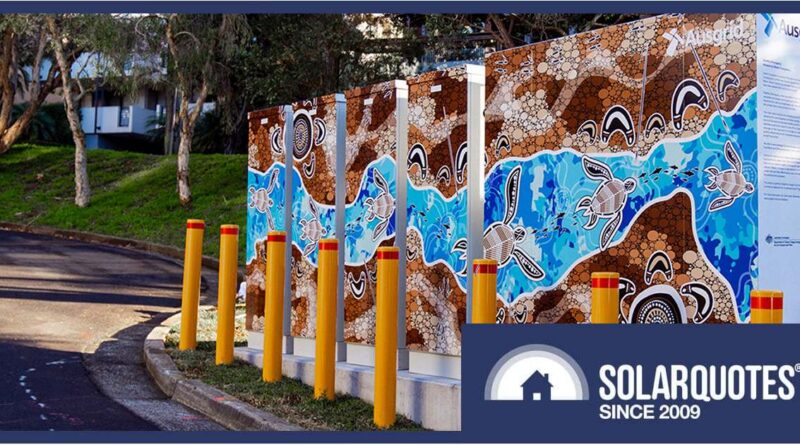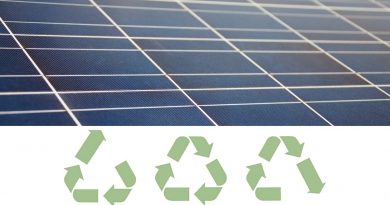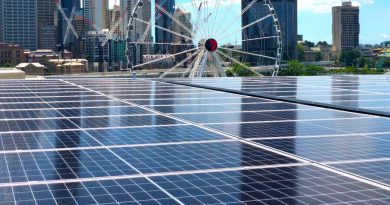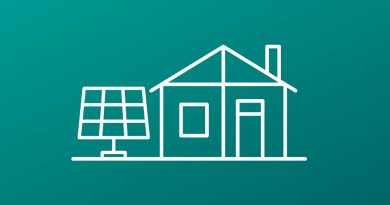NSW’s Ausgrid Launches Energy Storage As A Service
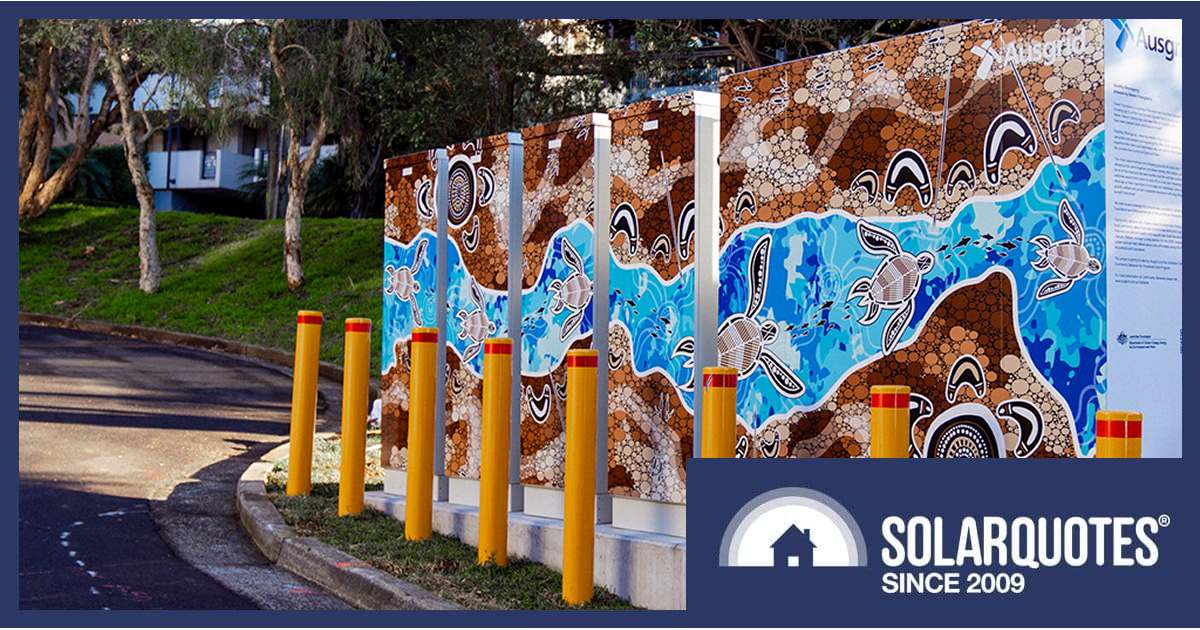
Would you like access to a home battery, but simply can’t afford it? Get ready to learn some acronyms.
Installing a home battery brings lots of benefits, but is an expensive exercise. And if you’re a renter, you’d be relying on the generosity of your landlord to install one. But some community (aka neighbourhood) battery programs can provide a more accessible solution.
On the weekend, NSW Distributed Network Service Provider (DNSP) and Transmission Network Service Provider (TNSP) Ausgrid announced the launch of its Energy Storage as a Service (ESaaS) initiative, which involves enabling eligible customers to access a shared community battery.
The announcement coincided with the unveiling of Ausgrid’s ninth community battery, a 160kW/412kWh system at Bondi (pictured above) that also features an EV charger. It’s the sixth battery Ausgrid has installed under the Federal Government’s Community Batteries for Household Solar Program. An election commitment from Labor, the program will see more than 400 community batteries rolled out across the country.
Ausgrid’s community batteries are being combined with a trial Local Use of System (LUOS) tariff, which it says could result in some customers saving more than $200 a year. It’s not a huge amount, but $200 is better off in your pocket than someone else’s.
“This approach can deliver cost savings for consumers, improve grid reliability, facilitate greater integration of renewable energy and support home electrification,” states Ausgrid.
The trial tariff has been established in an agreement with participating retailers – Origin and EnergyAustralia at this stage.
Eligibility for the trial includes being in a catchment area of one of the batteries, not already having a home battery, and having a smart meter. For those with solar panels, they’ll still receive a feed-in tariff. But customers don’t need to have a solar power system to participate, can be renters or owner-occupiers, and live in a house or apartment.
How Does Ausgrid ESaaS Provide Savings?
There wasn’t a great deal of nitty-gritty information among the promotion. However, Ausgrid CEO Marc England stated:
“Eligible customers in the vicinity of Ausgrid’s community batteries use the network less and therefore pay less in network charges, potentially saving them hundreds of dollars per year.”
In a revised proposal relating to ESaaS published last year, Ausgrid said:
“The tariff charging components will be set to reflect the avoided use of the upstream sections of the network, with a lower allocation of residual costs, transmission charges, and distribution LRMC [long run marginal cost].”
As for the structure and pricing of ESaaS, I wasn’t able to find details on Origin or EnergyAustralia’s website in order to compare electricity plans as you have to register interest from an eligible location.
Other ESaaS Programs In Australia
Ausgrid isn’t the first to offer an ESaaS program. Over in Western Australia, Western Power been offering one called PowerBank that is available to eligible solar power system owners in the vicinity of a PowerBank community battery.
Participants are put of Time of Use (ToU) tariffs and rent 6 kwh or 8 kwh of community battery capacity at a cost of $1.20-$1.40 a day currently. The community battery is mainly charged with surplus solar energy from participants during the day. That stored energy is (virtually) accessed during peak in the late afternoons and evenings when ToU electricity prices are much higher than during shoulder and off-peak periods.
Western Power says its PowerBank solution works out to be approximately 30% cheaper than buying and installing your own battery; plus there’s the benefit of not having to assume responsibility for an expensive bit of kit. However, participants miss out on some advantages of owning their own system, such as having backup capabilities in the event of a local blackout.
Original Source: https://www.solarquotes.com.au/blog/ausgrid-battery-esaas-mb2977/

